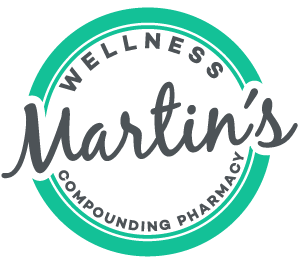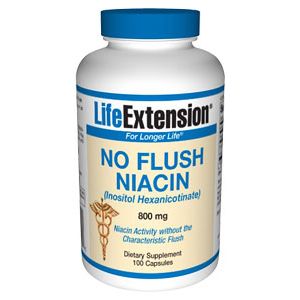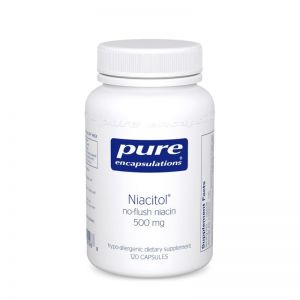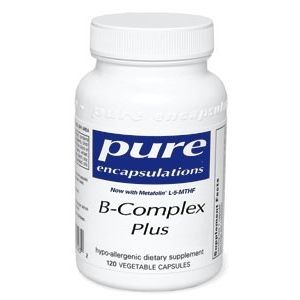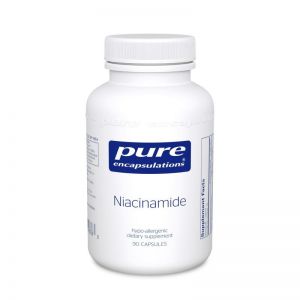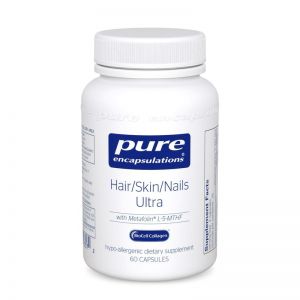Niacin vs Niacinamide (Inositol Hexanicotinate)
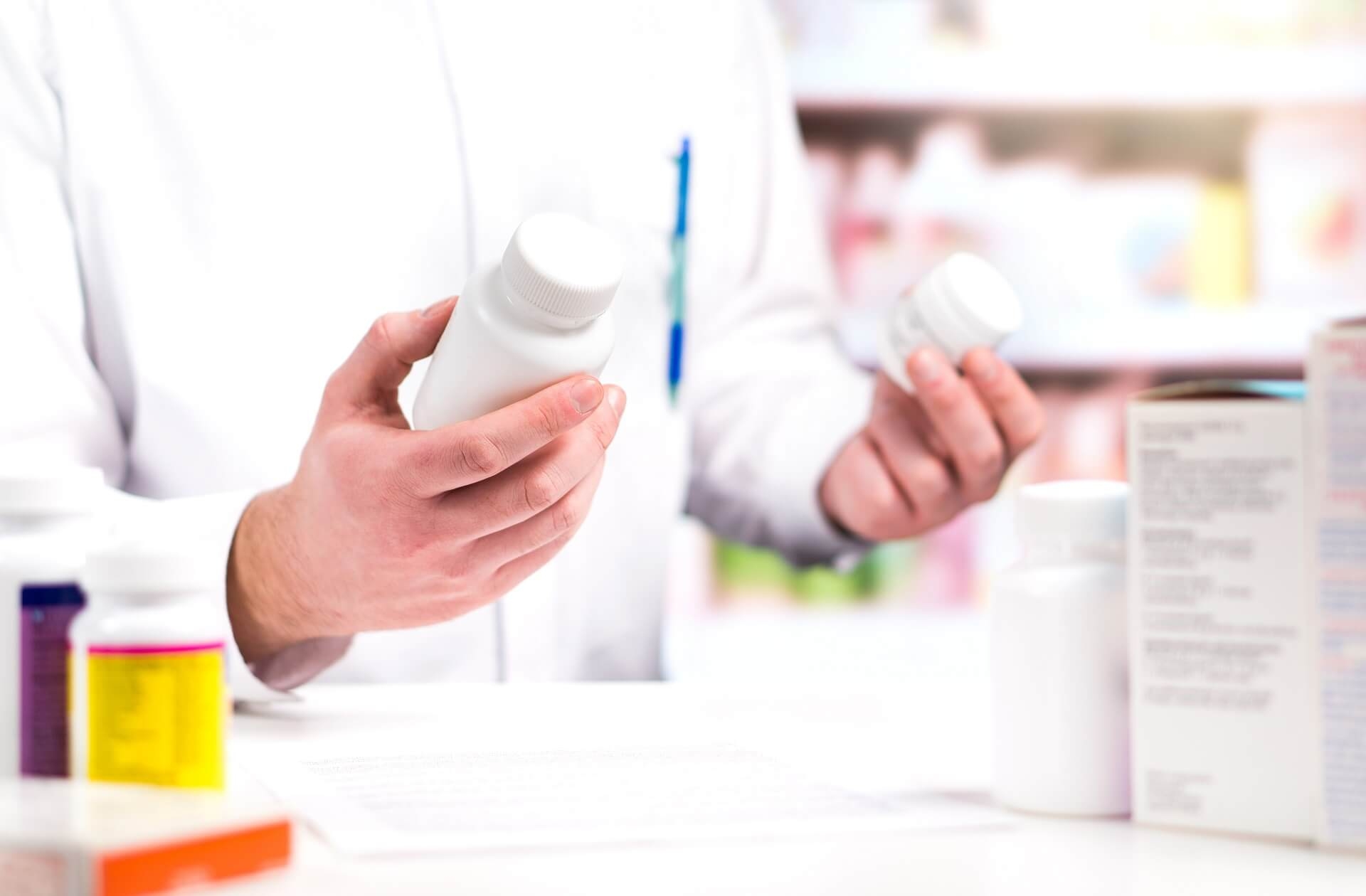
Understanding the difference between niacin and niacinamide can seem confusing, considering the similarity in the chemical names and terms involved. In this article, you will learn everything you need to know about these two chemicals, so let’s dive right into it.
What is Niacin?
Let’s start by establishing what niacin is. It is actually one of the forms of vitamin B3. Niacin is also known as nicotinic acid, and it is one of the essential human nutrients. Niacin deficiency can result in pellagra, which includes symptoms such as delusions, mental confusion, diarrhea, nausea, inflamed mucous membrane, and scaly skin sores.
When there is enough of it, nicotinic acid is known to lower two types of "bad" cholesterol (LDL and VLDL) as well as increase levels of "good" cholesterol (HDL). In fact, when used with lifestyle changes such as losing weight, eating healthily, and increasing physical activity, niacin helps to lower high cholesterol and can increase HDL more than any other medication.
There are two other forms of niacin: niacinamide and inositol hexanicotinate (no-flush), which serve as other forms of vitamin B3. Therefore they can be referred to as "niacin." What many people don't realize, however, is that these other forms of niacin do not work in the same way as niacin itself.
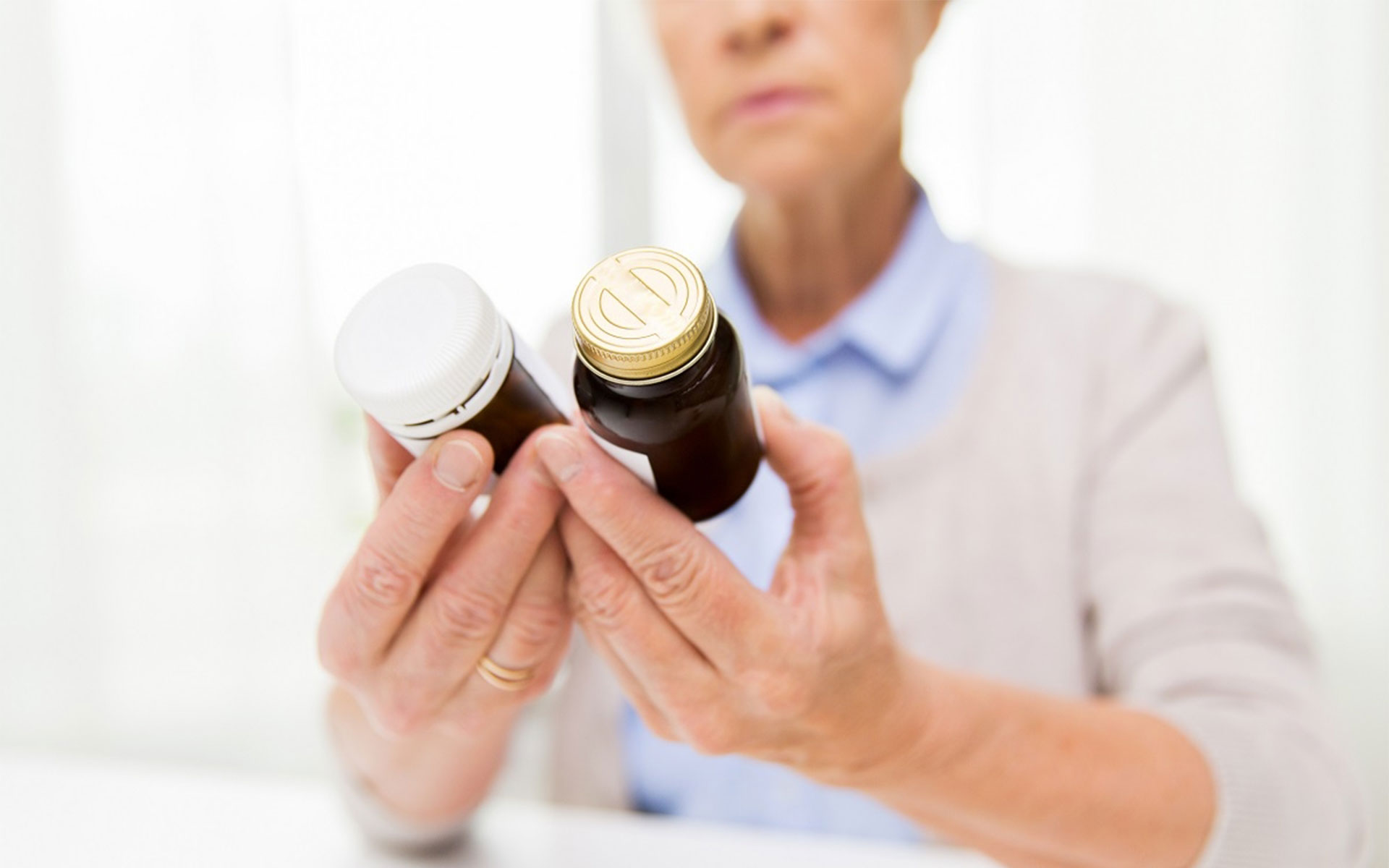

Niacin vs Niacinamide
Niacinamide (aka nicotinamide or nicotinic acid amide) is derived from niacin. The body has the ability to convert niacin to niacinamide. However, there are some critical differences between these two vitamin B3 components. Niacinamide can also be made by our body from an amino acid known as tryptophan. Although the two are used interchangeably, they have different properties. Their physical effects on the body also differ, and people who are sensitive to their effects may prefer to use one over the other.
Niacinamide Benefits
High niacin doses can cause flushing, which is a condition that causes blood vessels to widen. This makes the capillaries under the skin expand to allow more blood to flow, causing the skin to become red and itchy. Niacinamide does not cause this effect, and that is why it is preferred over niacin in the treatment of pellagra (mentioned above as a condition that results due to a lack of vitamin B3).
Some niacin is converted to niacinamide, and some niacinamide is converted to a compound called NAD. NAD is an important part of our energy-making cycle, AKA the Krebs cycle. It’s also important because it is the “de-enabler” molecule that helps prevent a certain DNA-based aging mechanism.
Niacin & Niacinamide Supplements
While there are many niacin and niacinamide supplements out there, my recommendation is Niacin by Douglas Labs, and Niacitol (no-flush niacin) by Pure Encapsulation. You can find both of these at any of our pharmacy locations! Contact us now if you need more information.
Those who have a history of stomach ulcers should not take niacin.
Niacin vs. Inositol Hexanicotinate - “No-Flush” Niacin
Products labeled as "no-flush" niacin generally contain no nicotinic acid. The main component in these products is inositol nicotinate or inositol hexanicotinate (a different form of vitamin B3). Inositol nicotinate works like other B vitamins, promoting energy metabolism and nervous system health. However, because the cholesterol-lowering properties in niacinamide are inhibited, it is not recommended for cholesterol reduction.


Niacin and Niacinamide Dosage
If you are just starting to take niacin, begin at a low dose and gradually increase the dose as recommended by your health practitioner to help minimize flushing. The good news is that the flushing effect often decreases over time as you get used to taking niacin. In fact, many patients find that the flushing stops after 1 to 2 weeks of being on a stable dose of niacin.
Recommended daily dosage for niacin ranges from 2 mg in infants under 6 months old, to 17 mg for lactating women. Taking niacin in dosages of 100 mg or more can lead to flushing symptoms. If you're uncertain how much you should use, we encourage you to contact your doctor or medical expert.
How Niacin Affects the Body - Using Niacin for Anxiety
Both niacin and niacinamide can be used in treating physical and emotional stress. Both niacin and niacinamide are often used for treating anxiety and depression as they promote calmness and better sleep by increasing blood flow, reducing blood pressure, eliminating excess adrenaline, and regulating other anxiety-relevant hormones.
